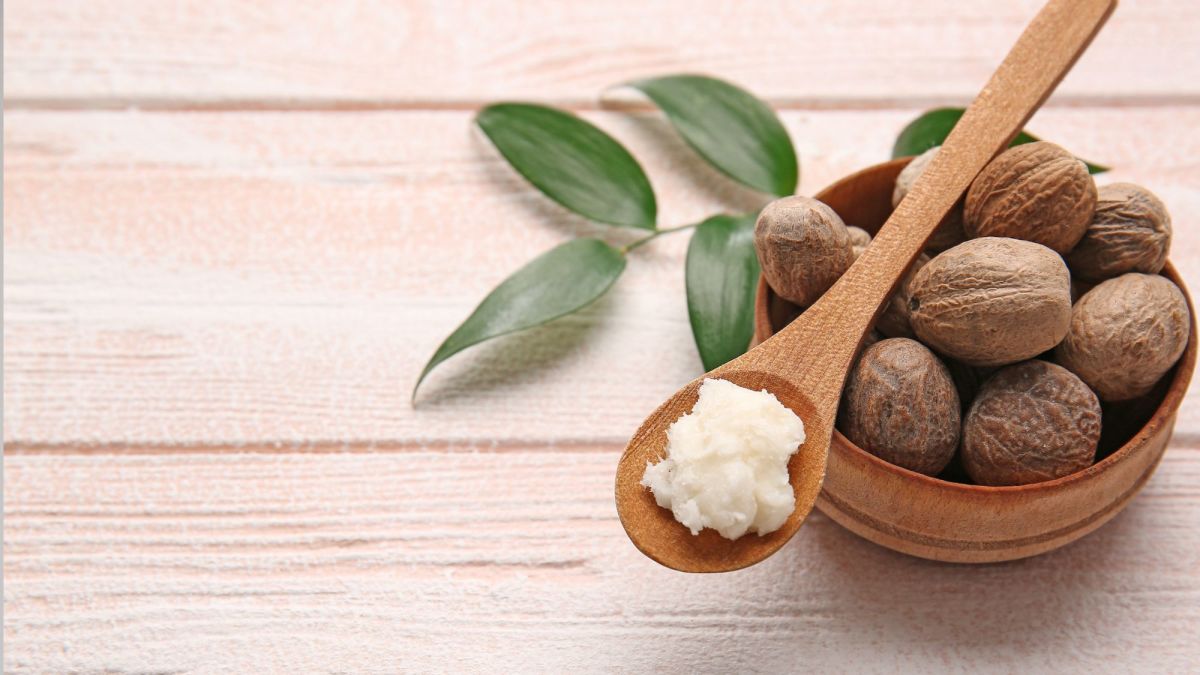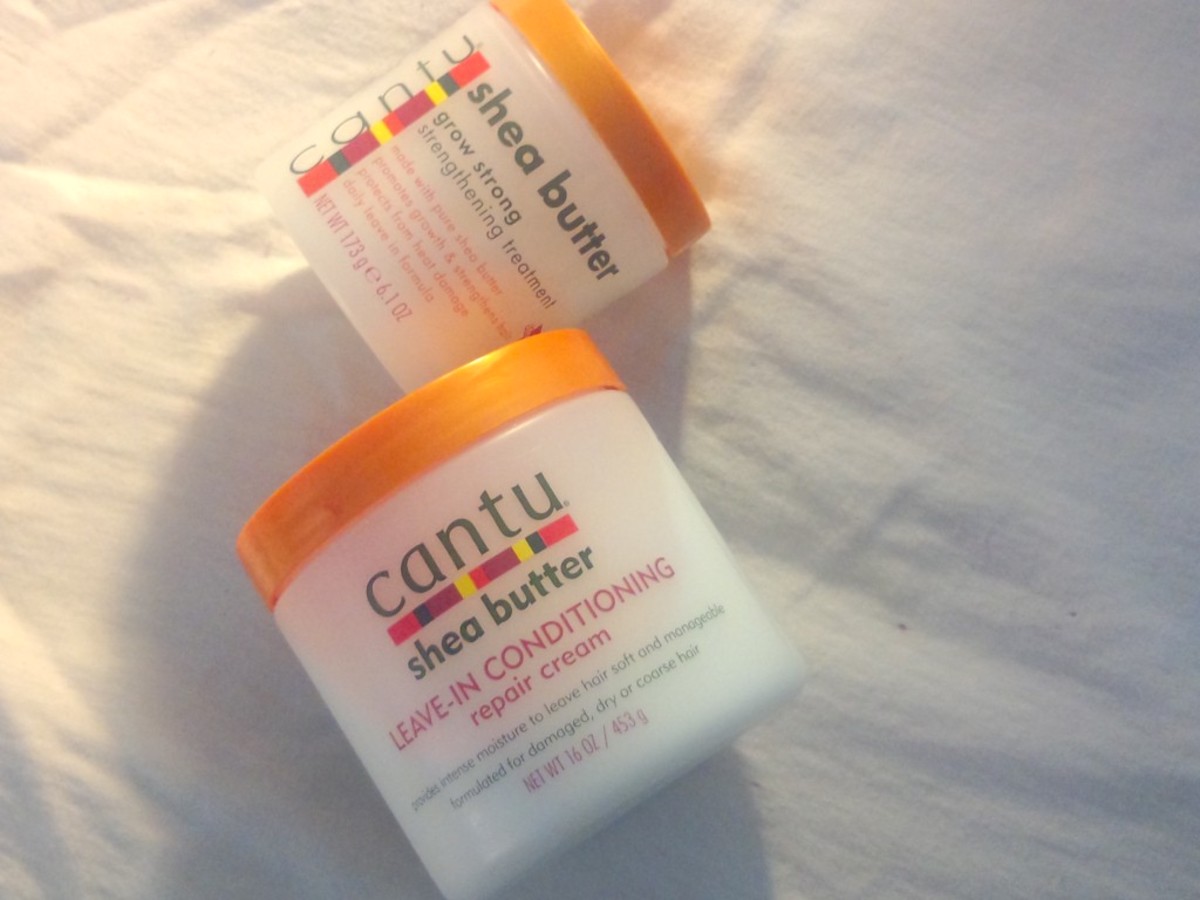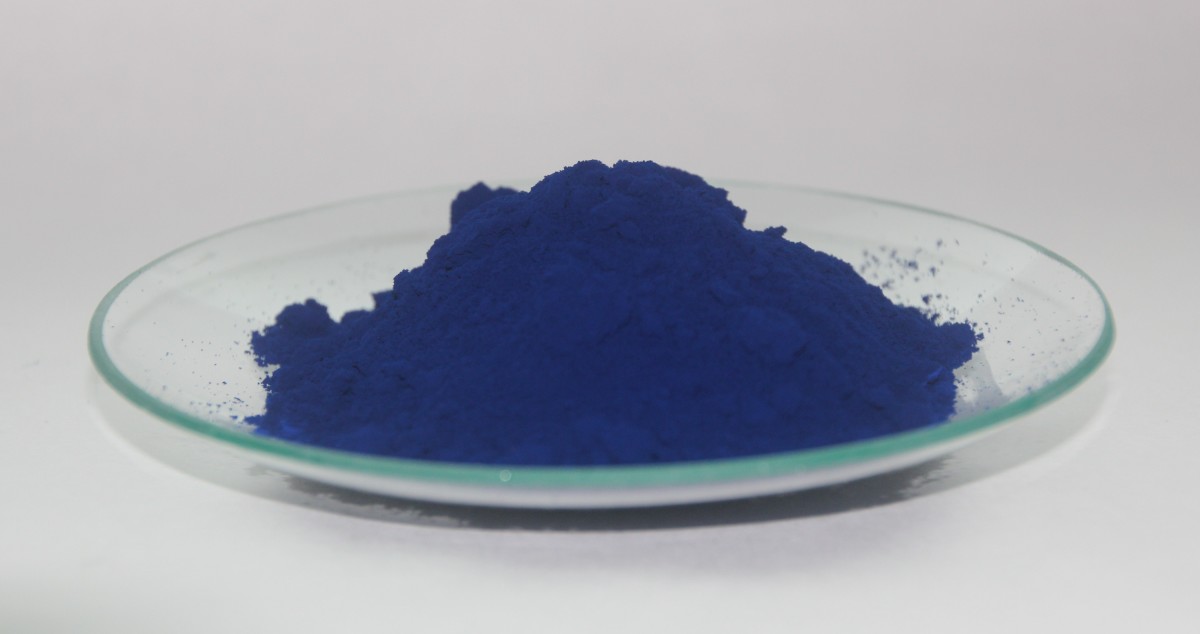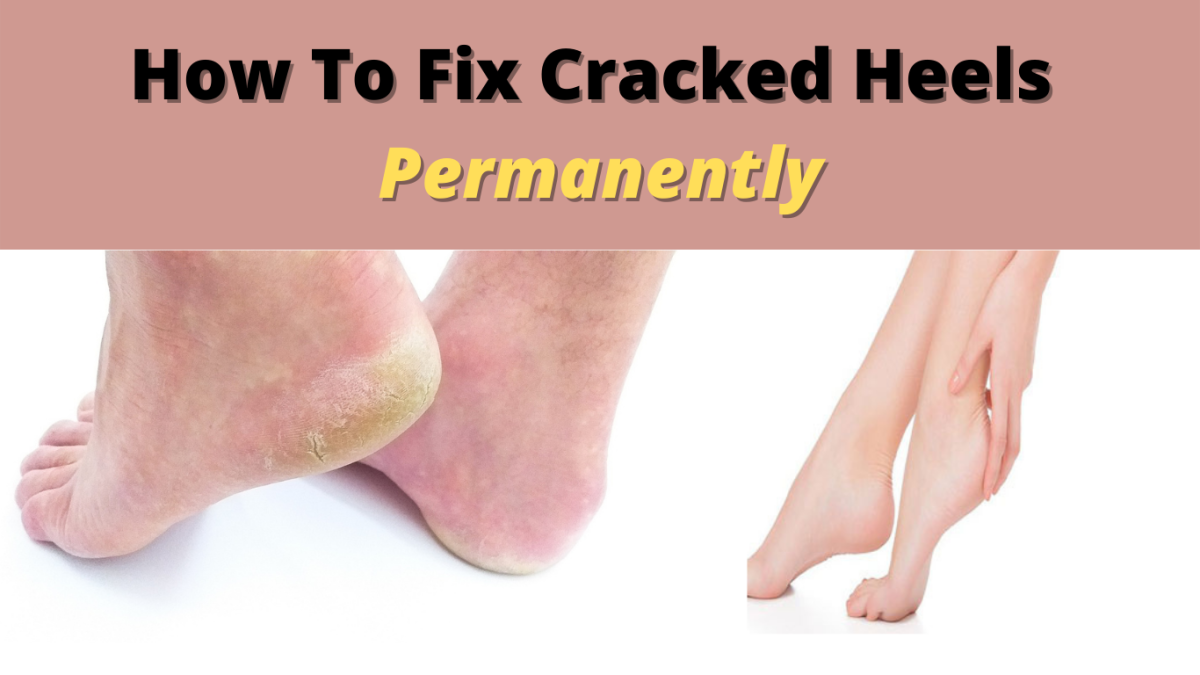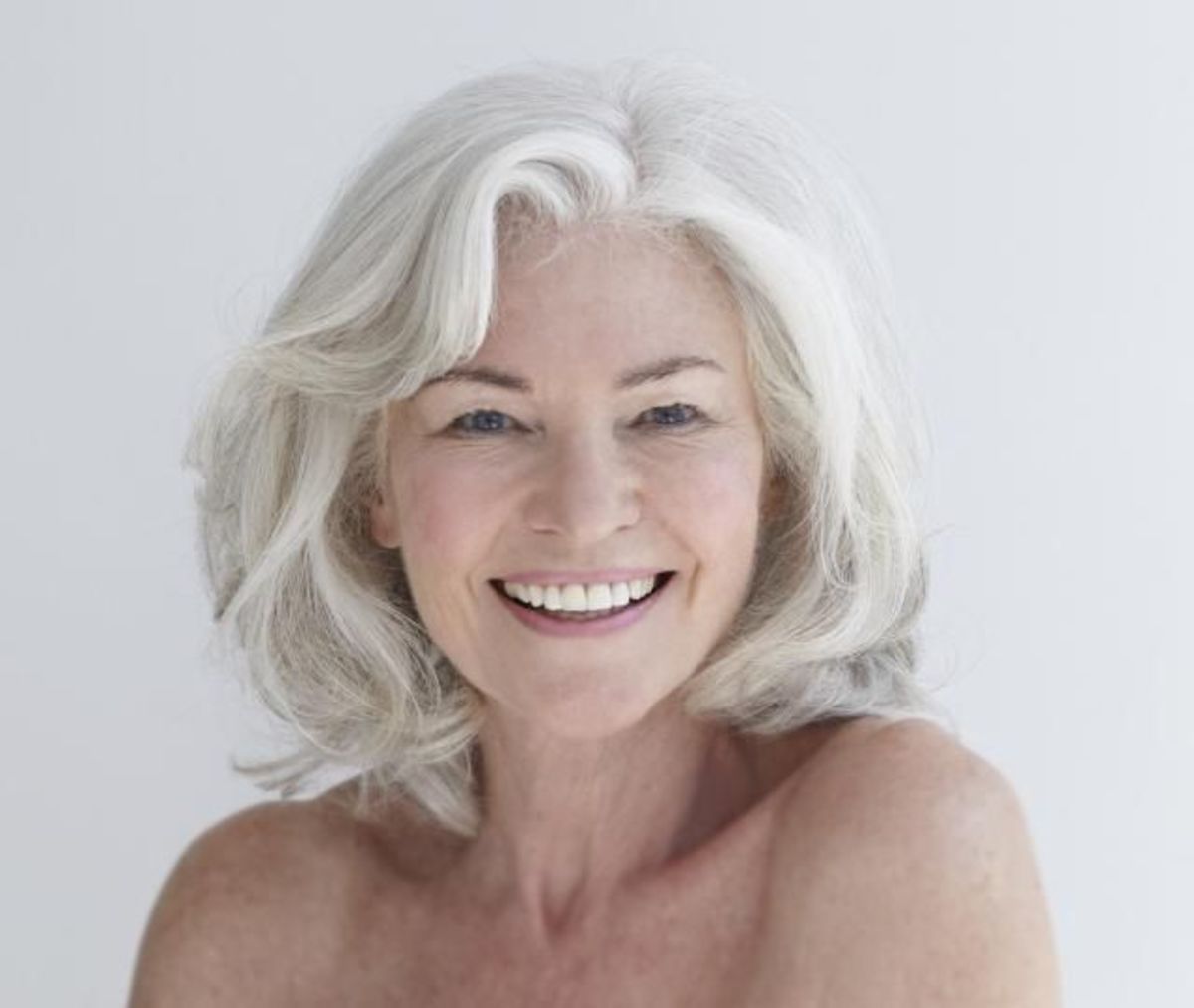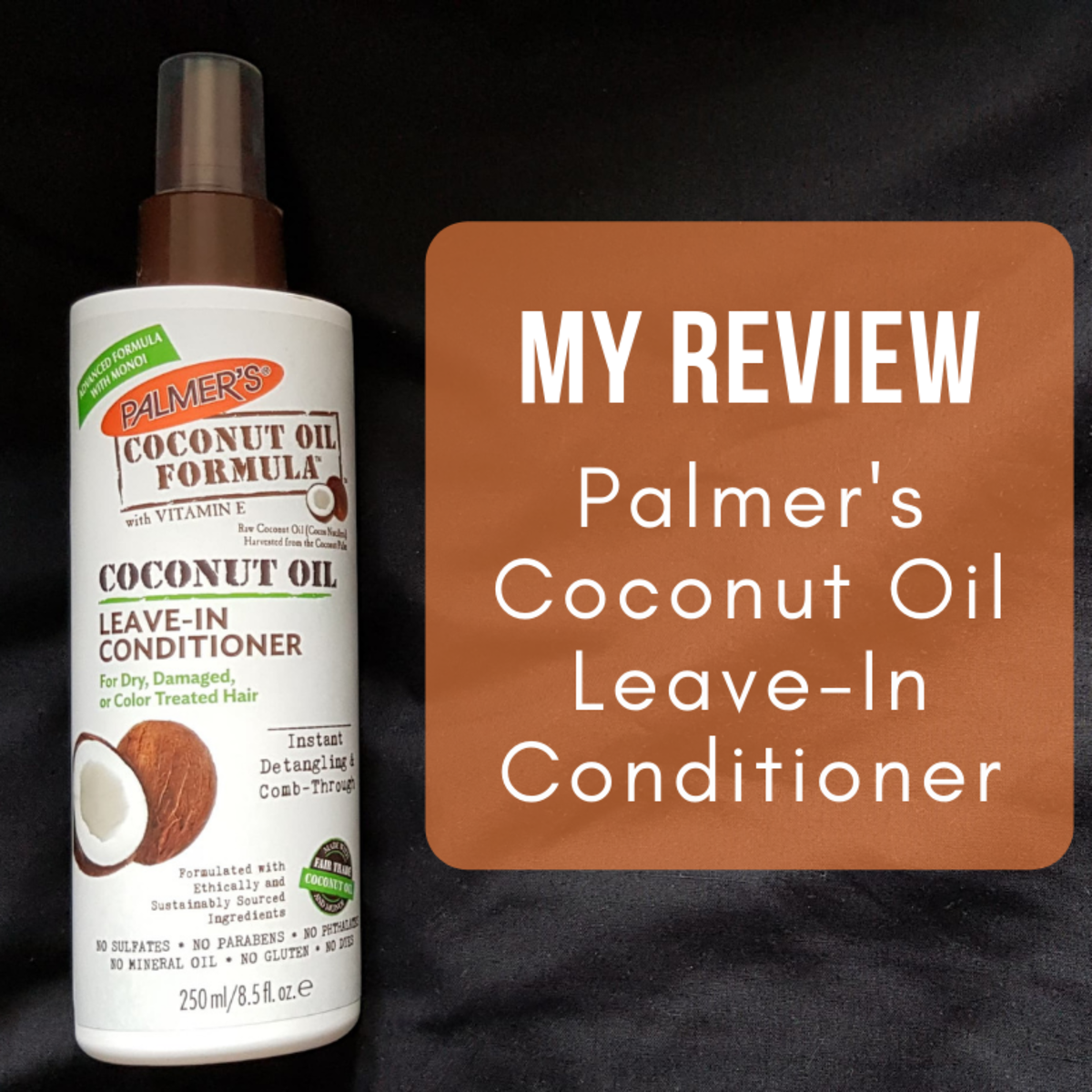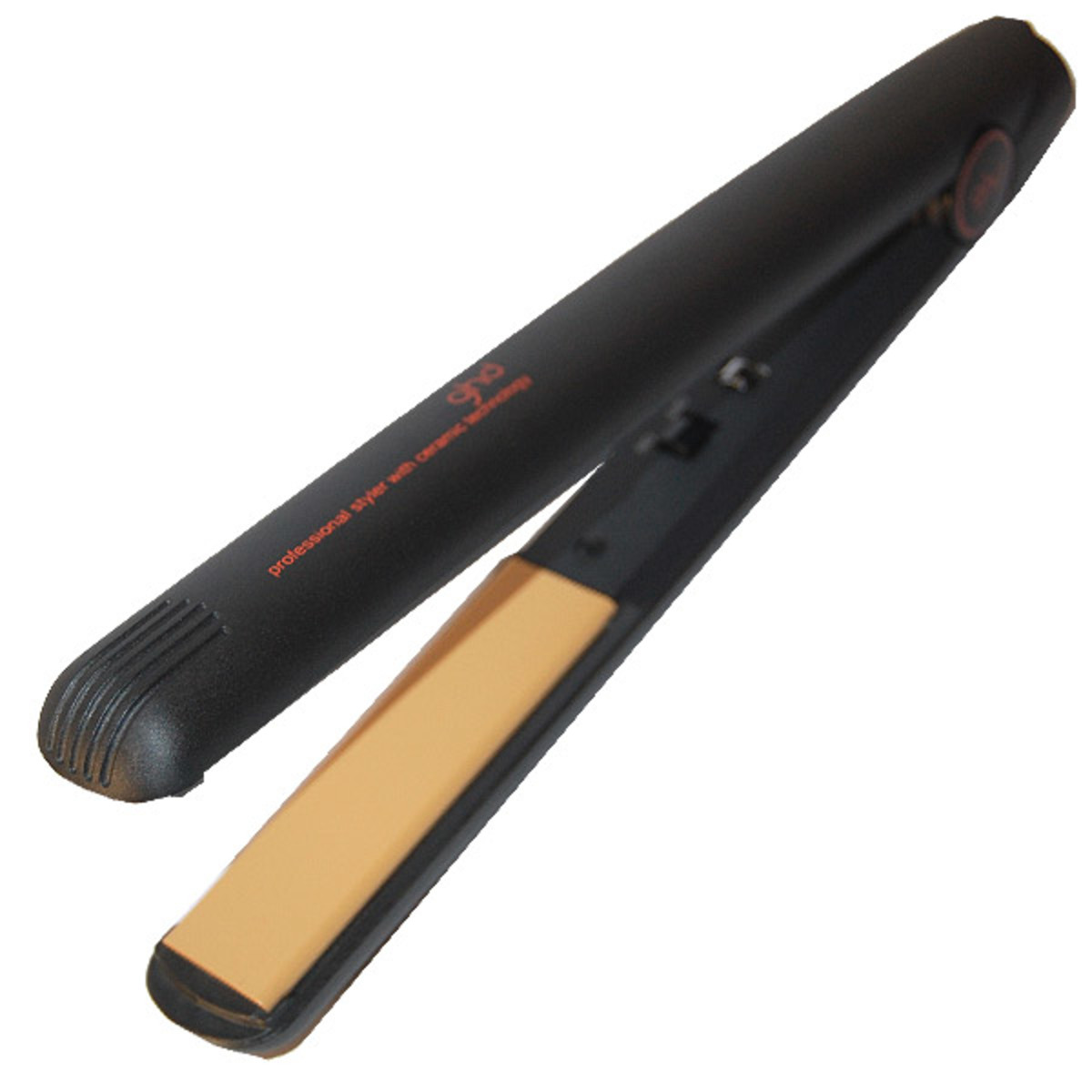- HubPages»
- Fashion and Beauty»
- Hairstyles, Cool Cuts, How to Style Your Hair»
- Hair Styling Products
Natural Hair and Shea Butter
Shea Butter Nut
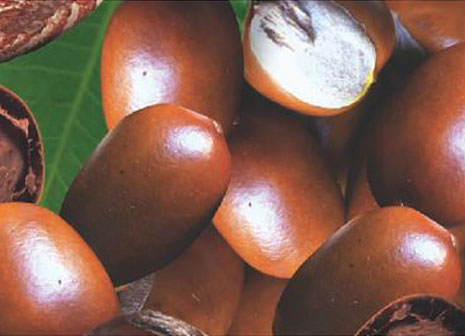
What is Shea Butter
Shea Butter can only be found in the tropics of Africa. It comes from the nuts, the size of a plum, and produced by the Shea-kerite tree. It takes 15 years for a tree to produce fruit and 30 years for it to yield a nut with a high, irremovable fatty acid content. It is this irremovable fatty acid that gives Shea Butter its unique healing properties and makes it far superior to cocoa butter and other vegetable butters.
For generations, the shea butter nut was harvested, cracked, pounded and boil. During the boiling process, which took hours, the Shea Butter would rise to the top of the pot. It was then scooped into gourds and then left to cool and rest. Shea Butter is solid at room temperature but will quickly liquefy at body temperature. Pure, unrefined virgin Shea Butter undergoes no chemical processing and is free from bleaching agents, preservatives, and additives. In this state, Shea Butter is considered unrefine or "raw."
This refine method of preparing the nut for processing ensures the Shea Butter to be virgin in nature and retains the natural goodness, vitamins, and minerals, and allows the nutty, smoky scent to be naturally preserved. The color of the butter ranges from off-white to gray to golden bown and green, depending on the maturity of the nut.
A Shea Butter Tree
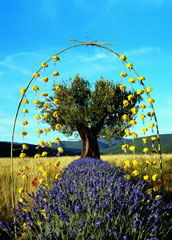
What Are the Benefits of Shea Butter?
Shea Butter nourishes the skin with Vitamins A, E and F. Vitamins A and E help maintain the skin and keep it clear and healthy. These vitamins have been known to be helpful for remedying sun damaged skin. Vitamins A,E, and F are also used to help prevent premature wrinkles and facial lines. Vitamin F acts as a skin protector and rejuvenator and soothes rough, dry and/or chapped skin and helps soften dry or damaged hair.
Shea Butter is high in unsaponifiables (a type of fat). Shea Butter has between 7-12% unsaponifiables. For comparison, avocado oil, a well known skin conditioner, has between 2-6%. This high level of unsaponifiables is one of the properties that makes Shea Butter so invaluable in treating the conditions listed above. Also, Shea Butter easily penetrates the skin while allowing the skin to breathe without clogging your pores.
Shea Butter has a high level of cinnamic acid, a natural sun screen. So, it provides some degree of protection from the sun. Shea Butter is also anti-inflammatory making it useful in treating rheumatism.
What is a Moisturizer?
Moisturizers contain both WATER and oil with a variety of vitamins and other additive or ingredients.
Natural Hair Needs Moisture (Water)!
Our natural hair THRIVES off of moisture and the best moisturizer in the world is "water." Many naturals didn't understand why after using Shea Butter as a "moisturizer" that their hair was still "dry." It was because they applied the Shea Butter onto dry hair.
When I use Shea Butter, I immediately apply after I've use vegetable glycerin and jojoba oil on my wet/damp hair. This allows the Shea Butter to do what it does "naturally" seal the hair or skin.
If you apply Shea Butter on your skin, and then drop or run water over that spot, the water will quickly "run-off" that spot.
Natural Hair Usage
Most natural wearers will use Shea Butter to moisturize their natural tresses. However, one must note that what is left during the boiling of the Shea Butter nut is the fatty portion of the nut. This leaves the unrefine (raw) product without a "water" content. This renders Shea Butter to acting like the "silicones" that we find in main stream, off-the-shelf products.
Shea Butter in it's unrefined state "acts" as a sealer. It effectively will SEAL the moisture on the hair or skin. Because of its fatty content, it leaves the hair soft and pliable. Therefore, it is important when using Shea Butter on your natural hair that you "moisturize" your hair with coconut, Extra Virgin Olive Oil, Jojoba or any other natural oil and then apply your Shea Butter for the most effective use of your usage of Shea Butter on your hair.
NaturalNola86 on youtube.com stated to another subscriber the following:
My hair used to hate shea butter but I learned to use it the right way. Just slathering it on my hair does not work. Make sure hair is wet. Apply it in sections and smooth it down the hair shaft with your hands. Work it in. Either twist it or braid it. The shea butter does not immediately soak in. But I just go to sleep and put a scarf or bonnet on my head. When I wake up it has soaked in and my hair is soft not greasy or waxy looking. Also add glycerin to shea butter mix for extra moisture.
In the same discussion Naturallyhomegrown replied:
use on wet hair!!! water is the only moisturizer. wet hair, then apply shea butter. ur hair should be soft. wrks for me however im not a big fan of shea butter. so if ur hair doesnt like it. try something else! :)
chubbi64 replied:
Sheabutter is an oil, a sealant not a moisturizer...I've heard ppl say they moisturize their hair with sheabutter...but majority of the water is removed from the sheabutter so I don't know how it could moisturize. Some ppl equate oily hair with moisturized hair. ...oil is a sealant, not a moisturizer...I believe you must have water in order to moisturize...but that's just my opinion.
Unrefined (Raw) Shea Butter
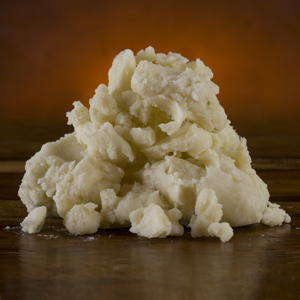
This is unrefined (raw) shea butter after it has been processed. At this point it can be mix with other essential oils and ingredients and then whipped for a lighter/smoother version.
Other Usages for Shea Butter:
- Daily Skin Moisturizer (Skin and Face)
- Excema
- Dry Skin
- Reduction of Blemishes and Scars
- Evening Skin Tone
- Itching Skin Due to Dryness
- Sun and Wind Protection
- Softens Skin on Feet and Heels
- Prevention of Bumps When Shaving
- and many other skin-related issues
Final Thoughts on Shea Butter
Shea Butter is a priceless, natural, moisturizer. As with any products that we use, we need to now how to properly use it. I continue to use "natural unrefined" Shea Butter on my hair. Just before going to bed, I wet my hair and apply my glycerin and oil and seal with the Shea Butter and wrap my hair in a plastic bag and cover with a plastic shower cap and go to bed. Upon getting up in the morning my hair will be damp and I style for the day.
Drop me a line or two in the comment section to let me know how you use Shea Butter. I'd especially like you to leave your Shea Butter recipes.
Until next time, live Naturally Happy!
Update: March 24, 2012
Those of you who are not new to the whole "natural" hair journey, will be familiar with the term "revisiting a product." You often will find that your hair length will usually dictate how you view a product's use on your tresses.
For example, when you have a TWA (Tweeny Weeny Afro) you can easily run products through your hair with your hands to accomplish a great look. However, as your hair lengthens you will find yourself gravitating to a shingling and/or smoothing method. So, when my hair was shorter I found gels to be my favorite styler.
Revisiting a product is when you've used a product or product line and after using it decided that it did not work for you but at a later date and time you decide to try it again.
This was my experience with Shea Butter! I like the results that I was getting with using Blue Magic hair grease on top of my leave-in. It help with single strand knots, gave my strands a smoother look, and shine without applying a gel.
Since I was still using as many natural products on my hair that I could, I decided to try the Shea Butter as a sealer instead of the Blue Magic! Voila! It worked! I had to be careful with the amount I applied to my freshly washed hair and didn't need to apply until I rewashed again since many of the natural products have smaller amounts of shea butter in them.
I hand whip my Shea Butter and add Jojoba Oil, Olive Oil, and coconut oil. My nightly routine is to mist my hair with water and either pony tail sections around my head or make large twists, cover hair with a clear plastic camp, followed by my satin bonnet.




